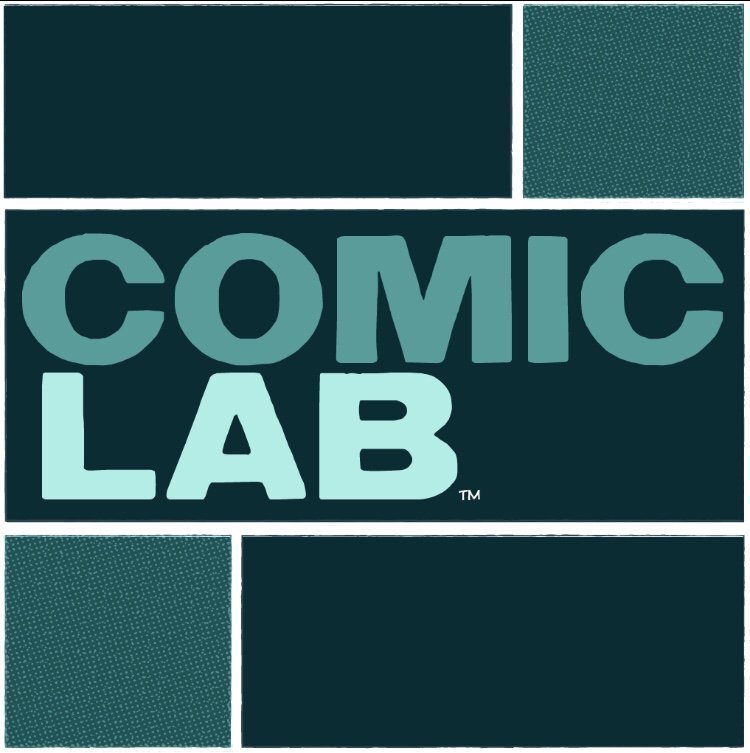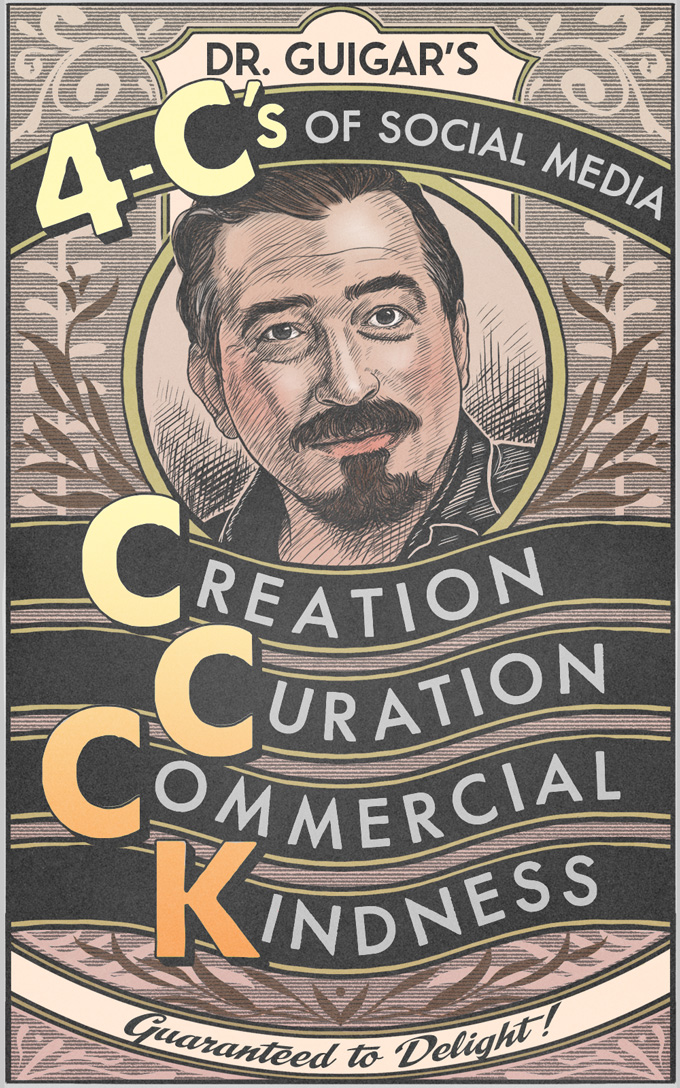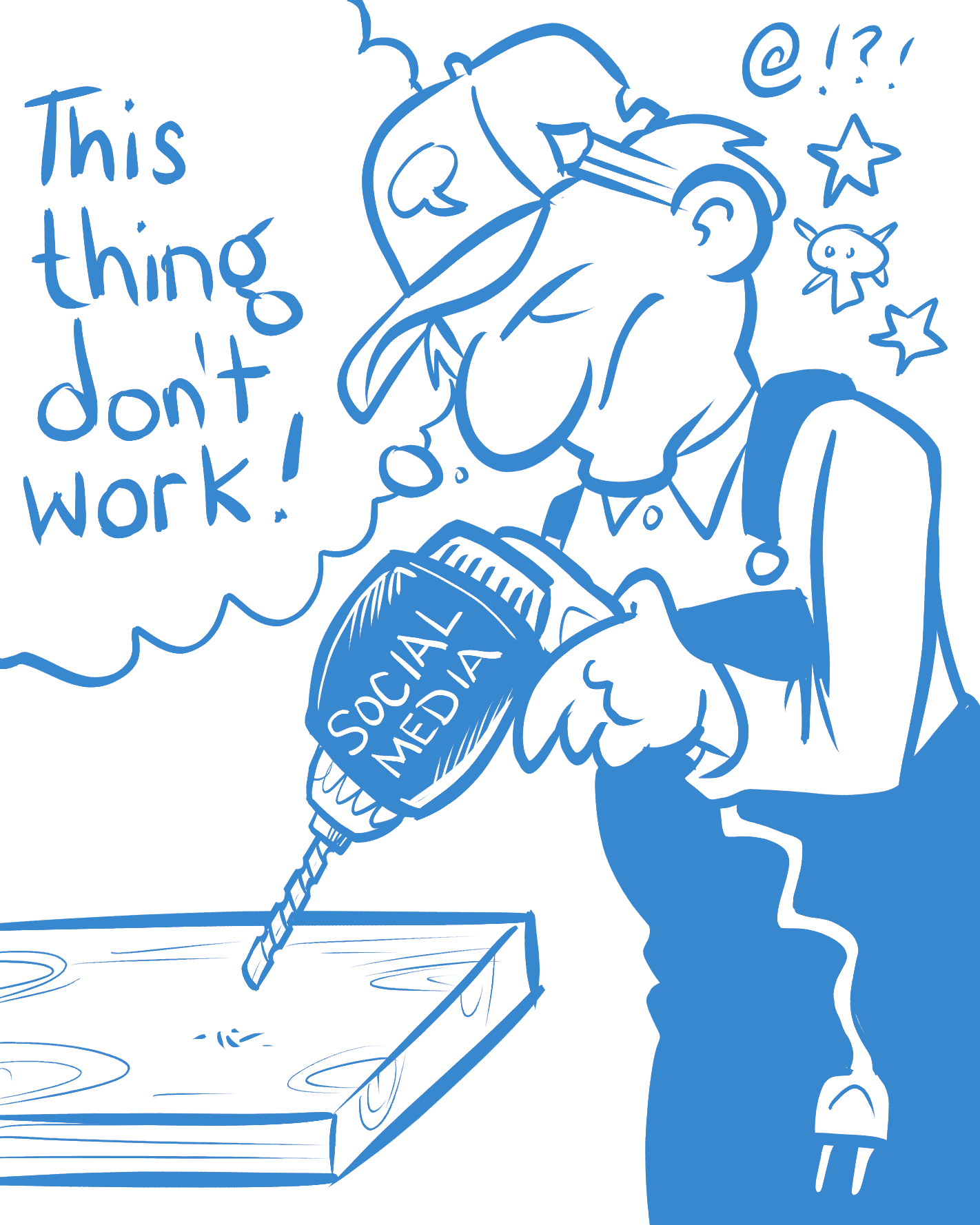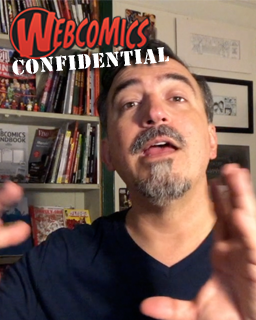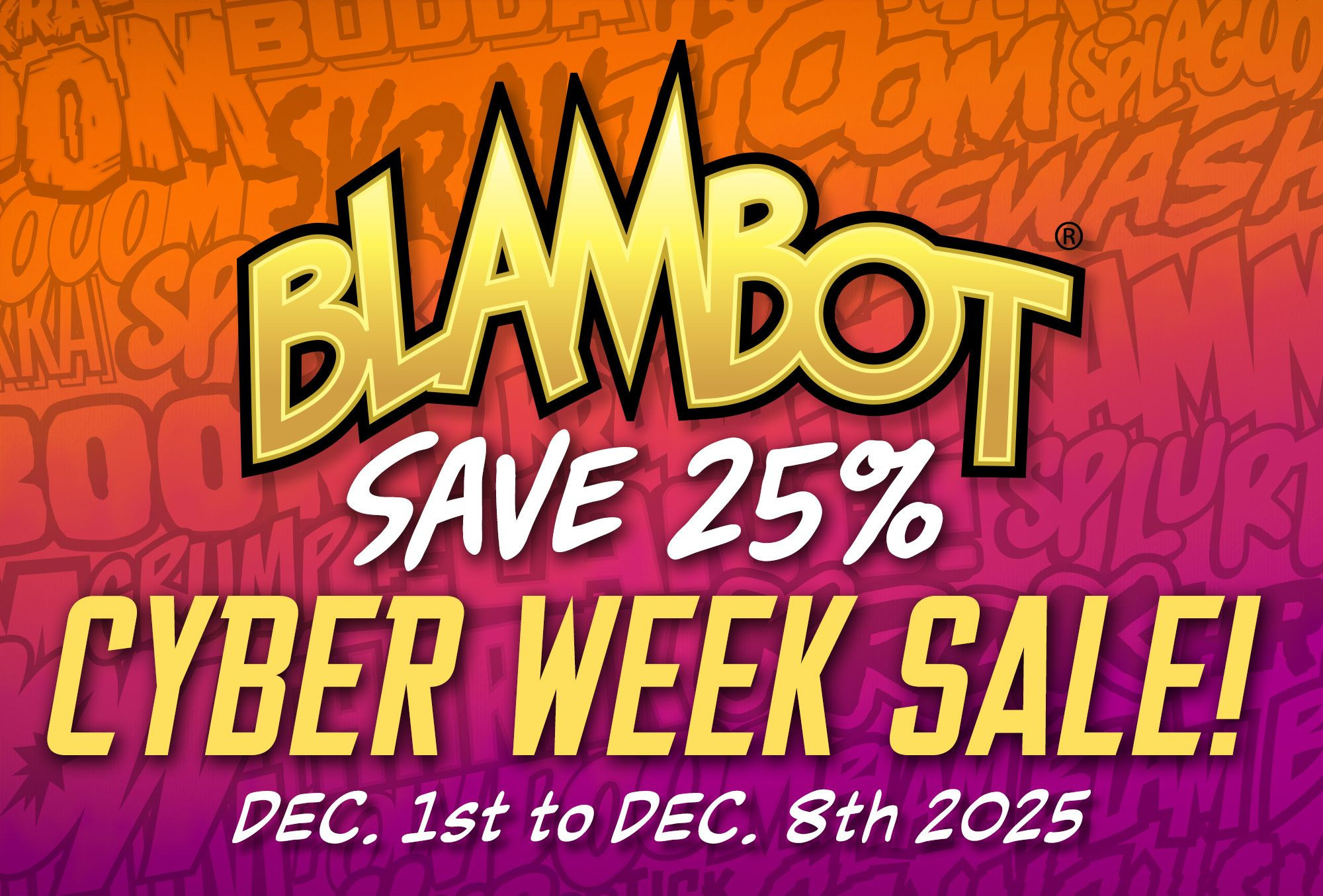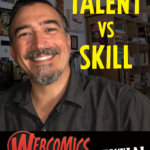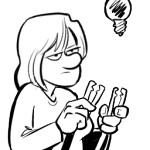ComicLab Ep 188 — Pride & Joy
Today’s show is brought to you by Wacom — makers of the powerful, professional, portable Wacom One! Are you self-conscious about self-promotion? Brad has a suggestion: Talk about your Pride or talk about your Joy. It’s a bulletproof marketing technique!
Questions asked and topics covered…
- Pride & Joy
- The history of Dave’s sci-fi comic, Drive
- Paywalling the archive — pros and cons
Brad Guigar is the creator of Evil Inc and the editor of Webcomics.com Dave Kellett is the creator of Sheldon and Drive.
Listen to ComicLab on…
ComicLab is hosted on Simplecast, helping podcasters since 2013. with industry-leading publishing, distribution, and sharing tools.
